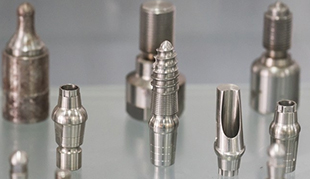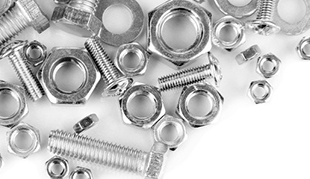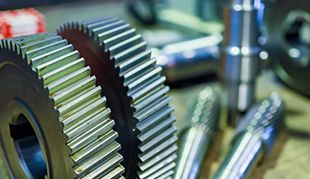What are the Quality Problems in Metal Injection Molding Manufacturing?
Metal Injection Molding (MIM) is a versatile manufacturing process that combines the benefits of traditional powder metallurgy and plastic injection molding to produce complex metal parts with high precision and intricate shapes. While MIM offers numerous advantages, it's not without its challenges. Like any manufacturing process, Metal Injection Molding can encounter various quality problems that affect the final product's integrity and performance. In this article, we will delve into some of the common quality problems that may arise during Metal Injection Molding manufacturing and explore potential solutions.
Porosity and Inclusions
One of the primary concerns in Metal Injection Molding is the presence of porosity and inclusions in the final product. Porosity refers to voids or air pockets within the metal matrix, which can compromise the mechanical properties and structural integrity of the part. Inclusions, on the other hand, are foreign particles or impurities that can be introduced during the mixing and injection process.
Causes and Solutions
Porosity can be attributed to factors such as improper feedstock preparation, inadequate debinding, or insufficient sintering conditions. Careful control of the feedstock's particle size distribution and binder content, along with optimized debinding and sintering cycles, can help minimize porosity. Additionally, employing vacuum sintering or using specialized sintering atmospheres can significantly reduce porosity.
Inclusions can result from the contamination of feedstock materials or inadequate mixing. Utilizing high-quality raw materials, maintaining clean processing environments, and implementing thorough mixing procedures can help mitigate inclusion-related issues.

Dimensional Variability
Achieving consistent dimensions and tight tolerances is crucial in Metal Injection Molding, especially for parts that require precise fits or assemblies. However, the process is sensitive to various parameters that can lead to dimensional variability.
Causes and Solutions
Factors like mold wear, inconsistent powder flow, and thermal variations can contribute to dimensional variability. Regular maintenance of molds, proper design considerations, and careful control of process variables can help minimize dimensional deviations. Additionally, advanced monitoring and feedback systems can assist in real-time adjustments to maintain dimensional accuracy.
Surface Defects
Surface defects, such as cracks, pits, and rough textures, can detract from the visual appeal and functional performance of MIM parts. These defects can occur during molding, debinding, or sintering stages.
Causes and Solutions
Surface defects can arise from improper mold design, inadequate debinding, or non-uniform sintering. Implementing appropriate mold design practices, optimizing debinding cycles, and ensuring consistent heating profiles during sintering can help reduce surface defects. Post-processing techniques like polishing or coating can also be employed to enhance surface finish.
Warping and Distortion
Warping and distortion are common challenges in Metal Injection Molding, particularly for parts with complex geometries. These issues can arise due to non-uniform cooling rates or internal stresses during the sintering process.
Causes and Solutions
To combat warping and distortion, factors such as mold design, material selection, and sintering parameters must be carefully considered. Utilizing support structures, optimizing cooling rates, and implementing stress-relieving processes can help mitigate these challenges.
Metal Injection Molding is a valuable manufacturing method that offers a unique blend of design flexibility and material properties. However, like any manufacturing process, it is not without its quality challenges. Porosity, inclusions, dimensional variability, surface defects, warping, and distortion are some of the common quality problems that can be encountered. Through meticulous process control, material selection, and continuous improvement efforts, manufacturers can overcome these challenges and produce high-quality MIM parts that meet stringent requirements across various industries.






